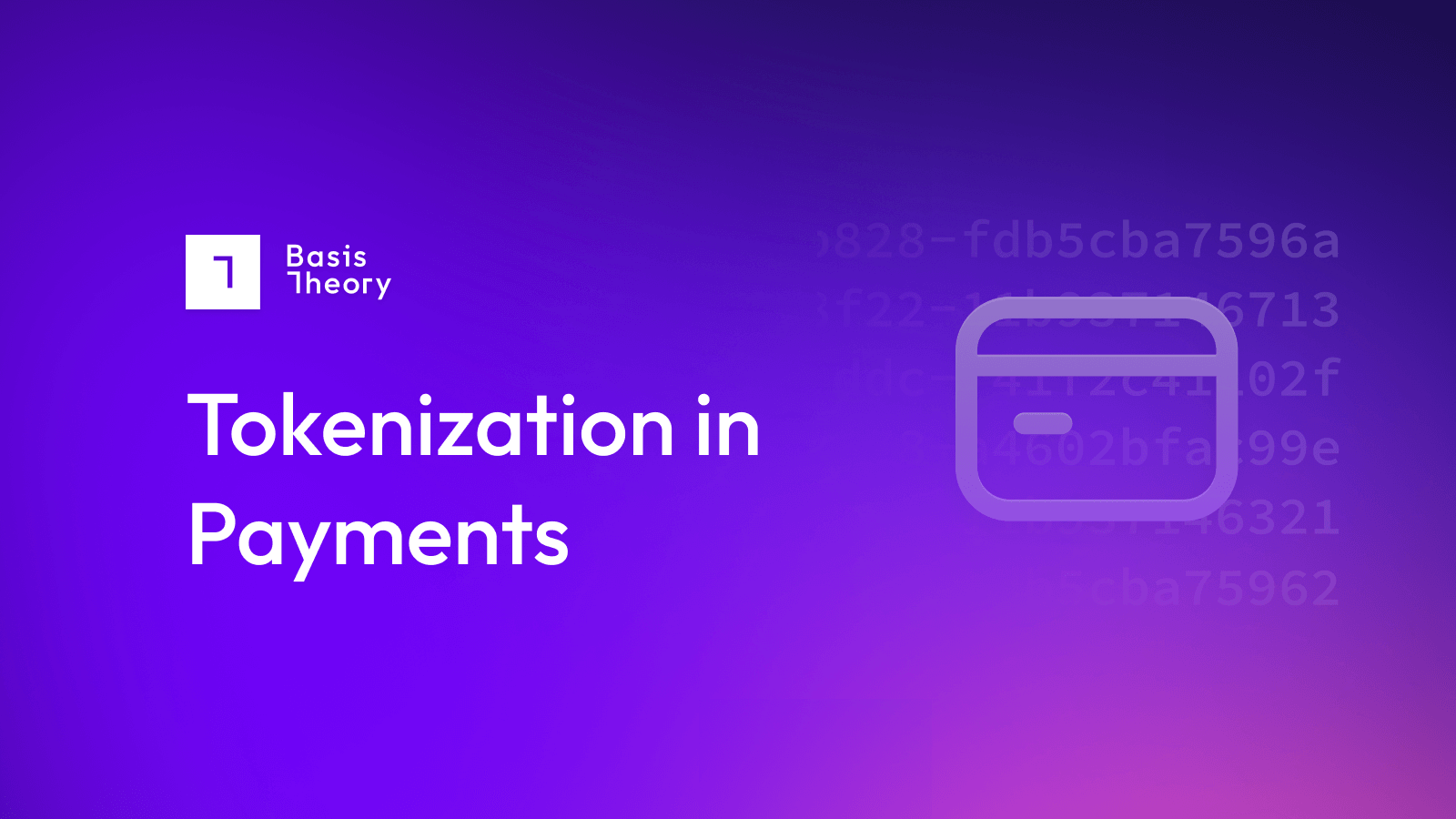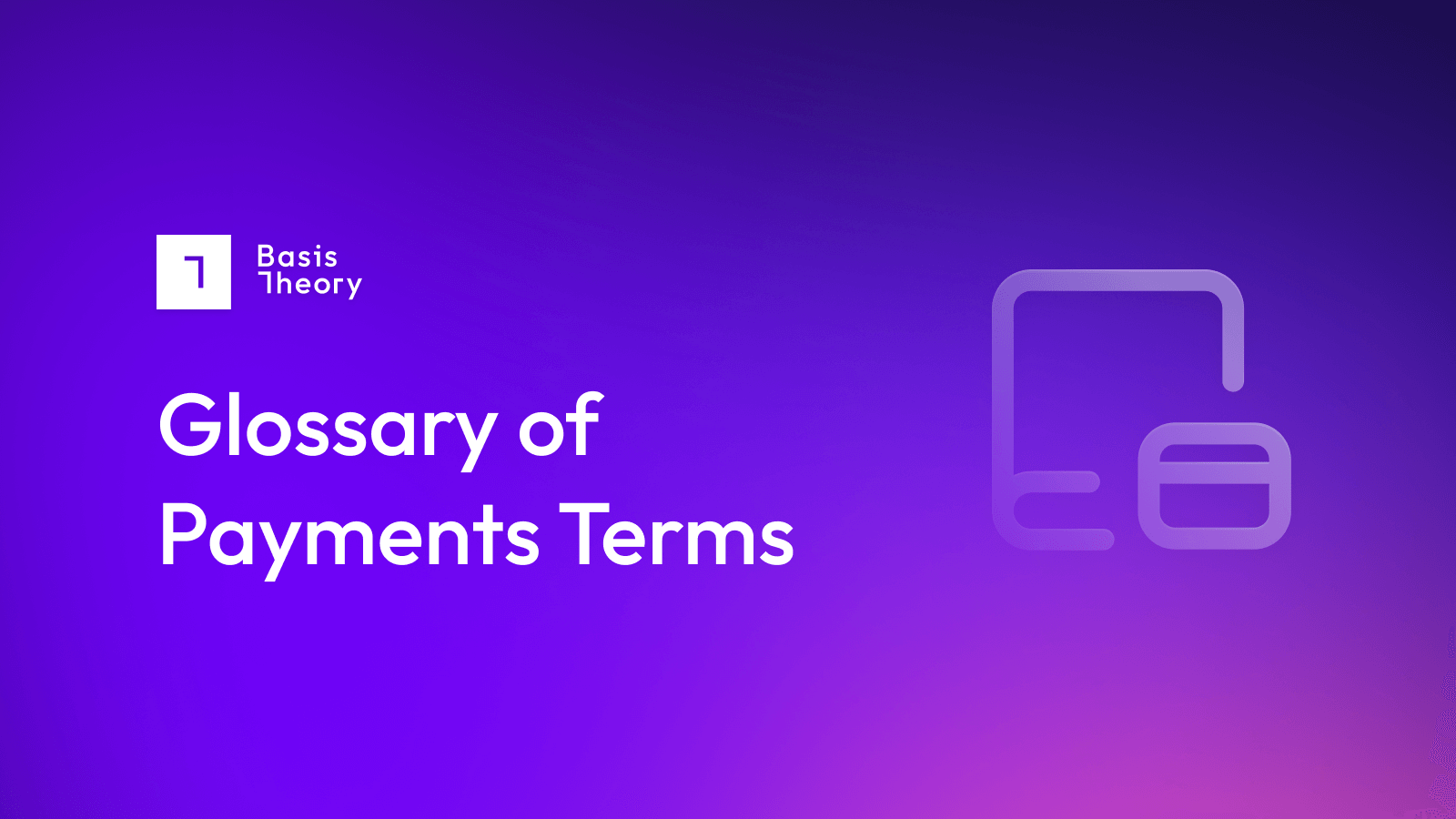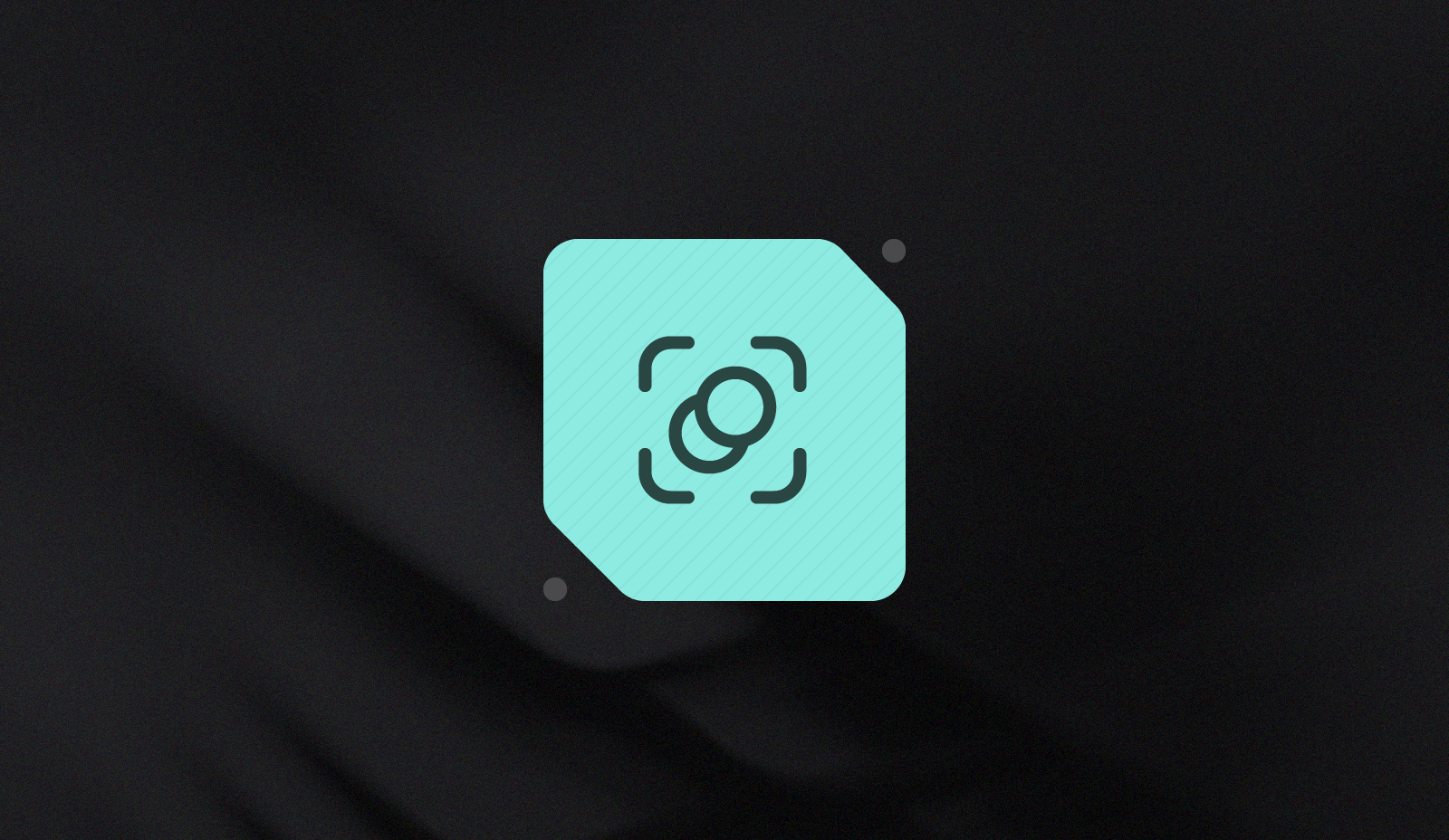What to Know About Payment Account Reference (PAR)

Table of Contents
As a merchant, you are likely aware of the struggle to recognize identical cards across the increasing amount of payment methods consumers use today. With numerous layers of abstracted card data, such as Network Tokens, PSP Tokens, DPANs, and FPANs, it can be challenging to keep track of the relationships between these payment identifiers, if any.
PAR, or Payment Account Reference, is a tool developed by EMVco and the card schemes to help solve this problem. PAR is a unique identifier provided directly by payment schemes that acts as a bridge between various aforementioned forms of cardholder data used when collecting payments. The PAR value is designed to be unique across the global payments ecosystem. PAR is not intended to track consumers but instead provides a secure way to link multiple payment methods to a single account, benefiting both merchants and consumers.
The PAR values are beneficial for fintechs and merchants that wish to enhance their loyalty programs, reduce fraud, and gain a deeper understanding of their customers’ behavior.
However, there is a significant obstacle to using this service. To leverage the benefits of PAR, one must attain PCI level 1 compliance or adopt a third-party card tokenization platform. This platform allows for the secure collection and storage of PANs independently of Payment Service Providers (PSPs). It allows you to send PAN data to third-party endpoints, such as card schemes' APIs, to access PAR values while ensuring PCI compliance remains intact.
Basis Theory provides a payment-focused tokenization platform with all the development tools to ensure secure collection and transfer of PAN, while maintaining PCI compliance. Companies that use our platform have complete control over their payment data, allowing them to optimize customer experience, create new products, and increase revenue using tools such as PAR.
Implementation
You can access PAR through API with all card schemes. To meet the API requirements of each card scheme, you can use Basis Theory's Reactors or Pre-configured Proxy. We also provide a Reactor example using Terraform, where you can just input your variables and quickly deploy to production.
For more information on PAR's requirements, check out the developer documentation for each of the major networks.
Return to TopUse Cases for PAR
In short, PAR enables companies to maintain and enhance fraud prevention, loyalty programs, and reporting initiatives. It provides a single, unchanging reference for the entire card's life, whether it involves an in-store or e-commerce transaction.
To provide some real-world examples, let's examine a few use cases.
Loyalty across payment methods.
With the user's permission, PAR can identify the same card regardless of how this user pays (e.g., PAN, card swipe, Apple Pay, Google Pay) or where they pay (e.g., in-store, online). This feature enables the development, or enhancement, of loyalty programs that may not be linked directly to a phone number or email address. Additionally, merchants can obtain a more complete understanding of a customer's purchase history. In turn, they can work to influence user behavior by offering tailored promotions, rewards, and coupons.
Account linking fraud and promotion abuse.
PAR can be used to detect two types of fraud: account linking fraud and promotion abuse.
Account linking fraud occurs when fraudsters create multiple fake accounts using different email addresses or phone numbers, but all are linked to the same stolen credit card. PAR can detect this type of fraud by comparing PARs from all users. If a PAR is linked to multiple accounts or suspicious payment methods, merchants can disable associated accounts to address the issue.
Promotion abuse is when users exploit new user promotions by creating multiple accounts. PAR can detect fraud by identifying if one credit card is connected to different phone numbers or email addresses across all the payment methods. Using PAR along with device IP or other data gives your team more confidence when shutting down accounts and ensuring your new users aren’t unfairly being thwarted from using your service.
Access to PAR
Basis Theory's payment platform provides payment teams with access to tools like PAR through an API call.
With PAR values, teams can unlock a ton of possibilities, including enhancing their loyalty programs and strengthening their defenses against fraud. This empowers teams to concentrate on delivering value to their customers while we support them in accomplishing their objectives in a secure and compliant manner.
.png?width=365&height=122&name=BTLogo%20(1).png)



